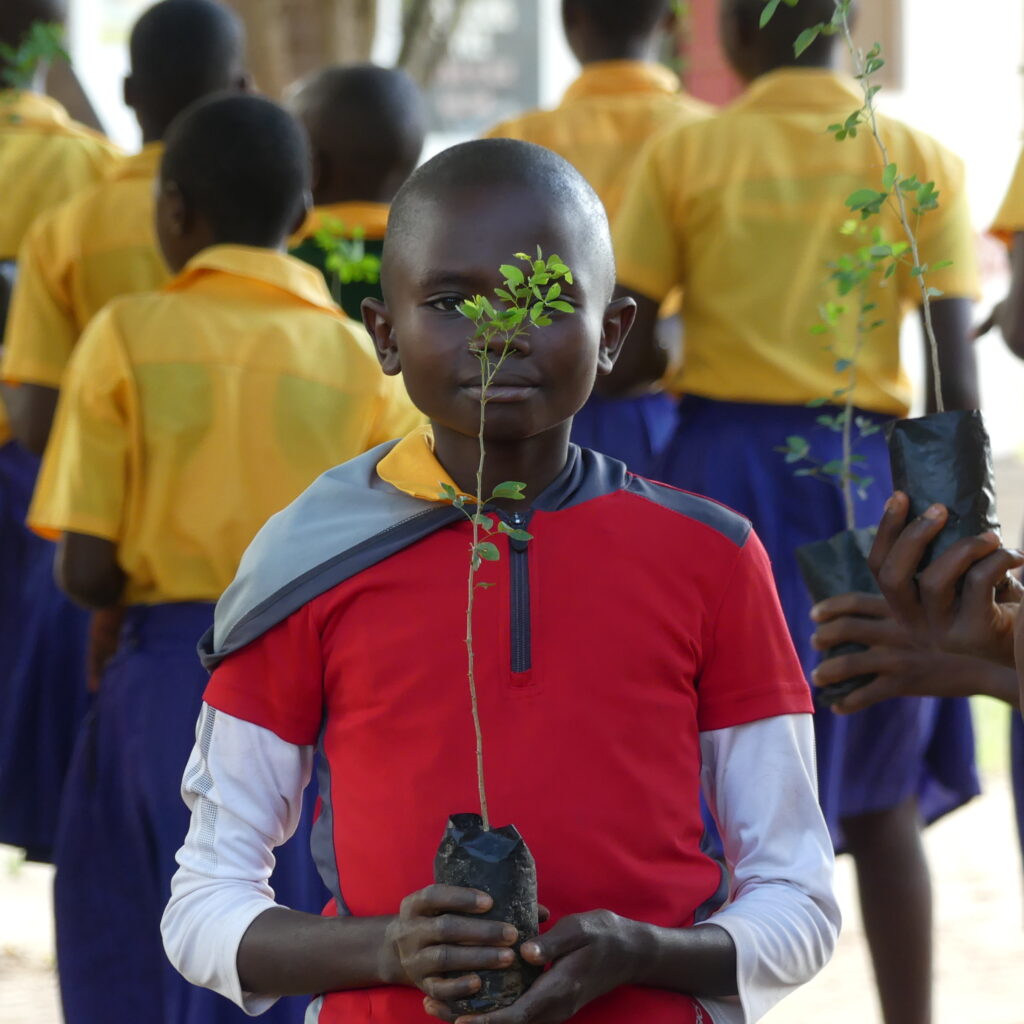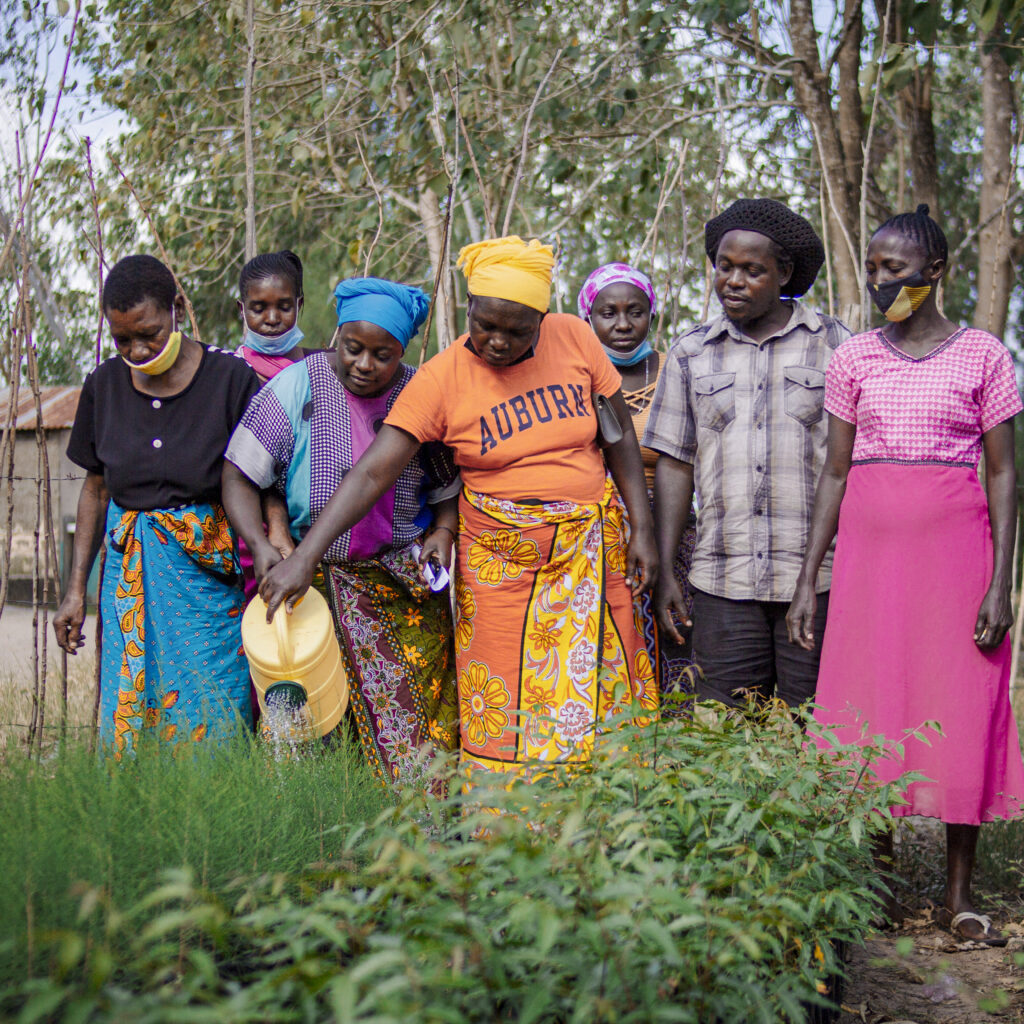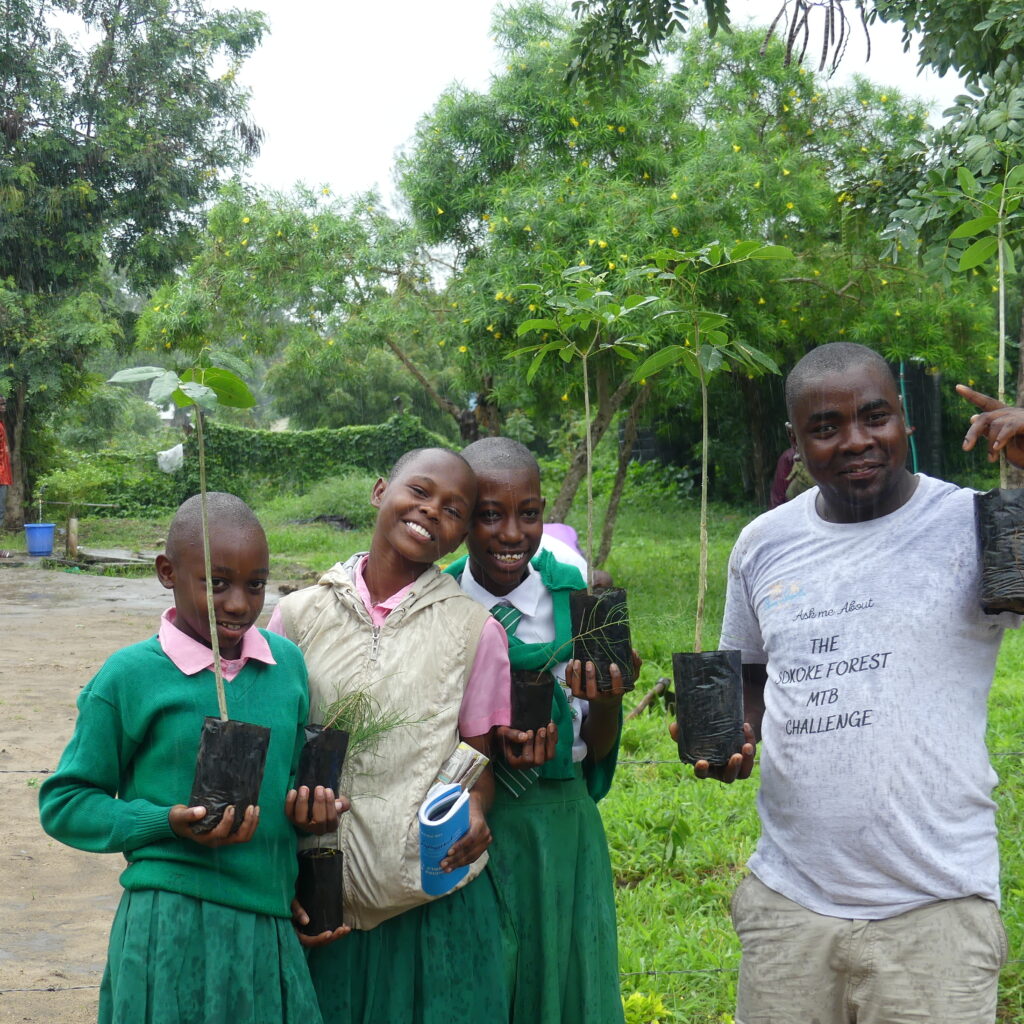Arabuko-Sokoke Schools and Eco-Tourism Scheme (ASSETS)
Beyond the white sands and coral reefs of the Malindi-Watamu coastline, lies Arabuko-Sokoke Forest (ASF) and Mida Creek. Arabuko-Sokoke Forest is the largest remnant of a dry coastal forest which originally stretched from Somalia down to Mozambique. It, therefore, contains an unusually high number of rare and endemic species, including one Globally Endangered and five Globally Threatened bird species. Mida Creek harbours important mangrove forests with a high diversity of species. It is of international importance for some of the waterbird species it supports, is a key spawning ground for several fish species and a feeding ground for young turtles. This makes it one of the most important regions for conservation in mainland Africa, and Mida together with Arabuko-Sokoke Forest have therefore been designated as a UNESCO Biosphere Reserve.
However, the future of these coastal habitats hangs in the balance. Every day a number of direct threats face the forest and creek, in particular illegal logging, poaching, over-fishing and pressures for land-clearance.
The Malindi-Watamu coastline is one of Kenya’s main tourist attractions, generating money and income from arguably the world’s largest industry. However, local people have benefited very little from the international interest in the area.
For this reason, A Rocha Kenya established the Arabuko-Sokoke Schools and Ecotourism Scheme (Assets) in 2001 with funding from the United Nations Development Programme Global Environmental Facility and in conjunction with the Kenya Wildlife Service, the Kenya Forest Service and the Ministry of Education, Malindi & Kilifi Districts.
The project provides eco-scholarships for secondary school children living adjacent to Arabuko-Sokoke Forest and Mida Creek. The project also helps to protect the environment as all beneficiaries take part in conservation activities including tree planting, snare removal from the forest and environmental education.
Funds are generated for the eco-bursaries through the local tourist industry (hotels and travel agents), national and international donors (including tourists), and the eco-tourism facilities developed by A Rocha Kenya and its partners at Mida Creek.



In depth article on Assets
The Arabuko-Sokoke Schools and Ecotourism Scheme (ASSETS) addresses the intertwined economic, social, and environmental needs of communities living near two of Africa’s vital ecosystems. ASSETS was established by A Rocha Kenya in 2001 with funding from the United Nations Development Programme Global Environmental Facility, in partnership with the Kenya Wildlife Service, the Kenya Forest Service, Nature Kenya, and the Ministry of Education (Malindi & Kilifi Districts).
ASSETS provides “Eco-bursaries” for secondary education to students living near the Arabuko-Sokoke Forest and Mida Creek who have achieved a qualifying score (300/500 or above) on their national primary school exams. These bursaries are linked to environmental protection, as recipients participate in conservation activities like tree planting and environmental education.
Funding for the Eco-bursaries comes from various sources: the local tourism industry (hotels and travel agents like Turtle Bay Beach Club), national and international donors (including tourists), and revenue from A Rocha Kenya’s ecotourism facility at Mida- a 260-meter mangrove walkway, built in 2003, which attracts over 4,000 visitors annually and generates income for the bursary programme.
ASSETS currently supports students in up to ten different schools, including top national schools, and has helped beneficiaries graduate and find employment in diverse fields like teaching, hospitality, law enforcement, and IT.
Beyond bursaries, ASSETS engages communities in sustainable income generation. The “Mureva wa Assets” program trains parents and guardians in tree nursery management. Other initiatives include training local tourist guides and developing ecotourism facilities, such as the tree platform at Gede Ruins (which is currently under renovation).
A Rocha believes that when communities benefit from their environment, they are more likely to protect it. The “ASSETS – a story of hope” film showcases this holistic approach to forest conservation. One student, Stanley, shared how his experience with ASSETS inspired him to become a birdwatcher and conservationist.
ASSETS aims to support more students every year. By increasing the number of families directly benefiting from these ecosystems, ASSETS hopes to transform local attitudes toward conservation, replacing hostility with care and concern.
While ASSETS has demonstrably improved the lives of children and families and positively impacted conservation, continued support is crucial. A Rocha invites donations to help educate children and conserve these vital ecosystems. A contribution of $52/€46/£39 per month sponsors a child’s secondary education through ASSETS. Readers are encouraged to donate and learn more by visiting the ASSETS website.